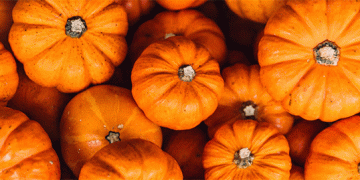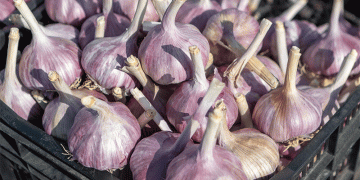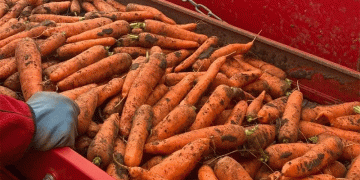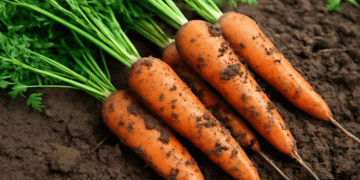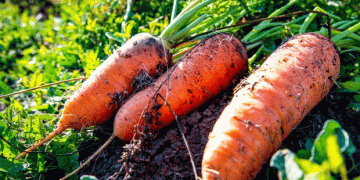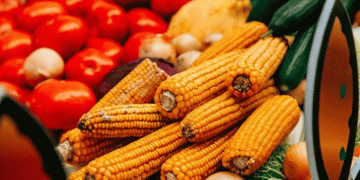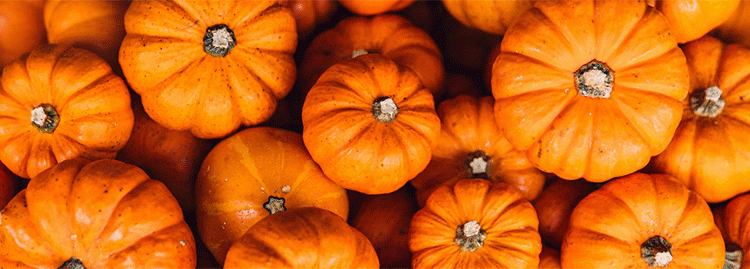When agricultural producers think of pumpkin demand, the image is often one of pies, lattes, and seasonal baked goods. However, a recent analysis of Google Trends data paints a more complex and fragmented picture of the American consumer’s palate. For growers, agronomists, and food scientists, this shift away from a monolithic market presents both a challenge and a significant opportunity for crop planning, value-added product development, and targeted marketing.
The study, conducted by Coffeeness, analyzed search trends for over 30 pumpkin-based foods and beverages. The results upend conventional wisdom. The ubiquitous Pumpkin Spice Latte, for instance, was the top search in only one state: South Dakota. Even the classic pumpkin pie, a staple of the holiday season, ranked as the most-searched item in just two states, North Dakota and Wyoming. This indicates that while these products have strong cultural presence, they are not the primary drivers of culinary curiosity among consumers.
The Rise of the Savory Pumpkin
Perhaps the most telling finding is the emergence of savory pumpkin dishes as regional favorites. The study identified Pumpkin Soup as the most-searched item in four states: Michigan, Florida, New York, and Texas. Analysts described this preference as reflecting “cosmopolitan food cultures where diners embrace complex flavors.” For the agricultural sector, this signals a mature and diversifying market. Consumers are actively seeking ways to incorporate pumpkin into their main courses and everyday cooking, moving beyond its traditional role as a dessert ingredient.
This trend is supported by broader food industry data. According to a 2023 report from the Food Institute, sales of savory-flavored and globally-inspired food products have seen a compound annual growth rate of over 8% in the last five years. Furthermore, research from Precedence Research projects the global gourmet food market, which emphasizes unique and high-quality ingredients, to reach over $1.3 trillion by 2032. The popularity of a dish like Thai Coconut Pumpkin Curry, hinted at in the study, aligns perfectly with these macro-trends towards global cuisine and premium, vegetable-forward eating.
The Enduring Power of Homestyle Comfort
Despite these emerging niches, the data also confirms the enduring power of tradition. Pumpkin bread was the dominant favorite, claiming the top spot in 20 states. As Arne Preuss, CEO of Coffeeness, noted, this suggests that “despite all our pumpkin innovations, the U.S. is still a nation that craves homestyle comfort food.” This creates a dual-market reality: while there is exciting growth in novel and savory applications, a large, stable demand for traditional baked goods remains the industry’s bedrock.
For those in the agricultural value chain, from seed selection to retail product development, the message is clear. The pumpkin market is no longer one-size-fits-all. Strategic success will depend on understanding these regional and culinary segments. Breeders and growers might consider developing pumpkin varieties optimized for savory soups or curries—perhaps with drier flesh or more robust flavor profiles. Agricultural engineers can explore processing and preservation technologies for ready-to-cook pumpkin products. Meanwhile, farm marketers can leverage this data to tailor offerings and messaging, highlighting traditional varieties for bakeries while promoting culinary pumpkins to restaurants and direct-to-consumer channels. By embracing this nuanced view of demand, the industry can cultivate not just a larger harvest, but a more profitable and resilient one.
